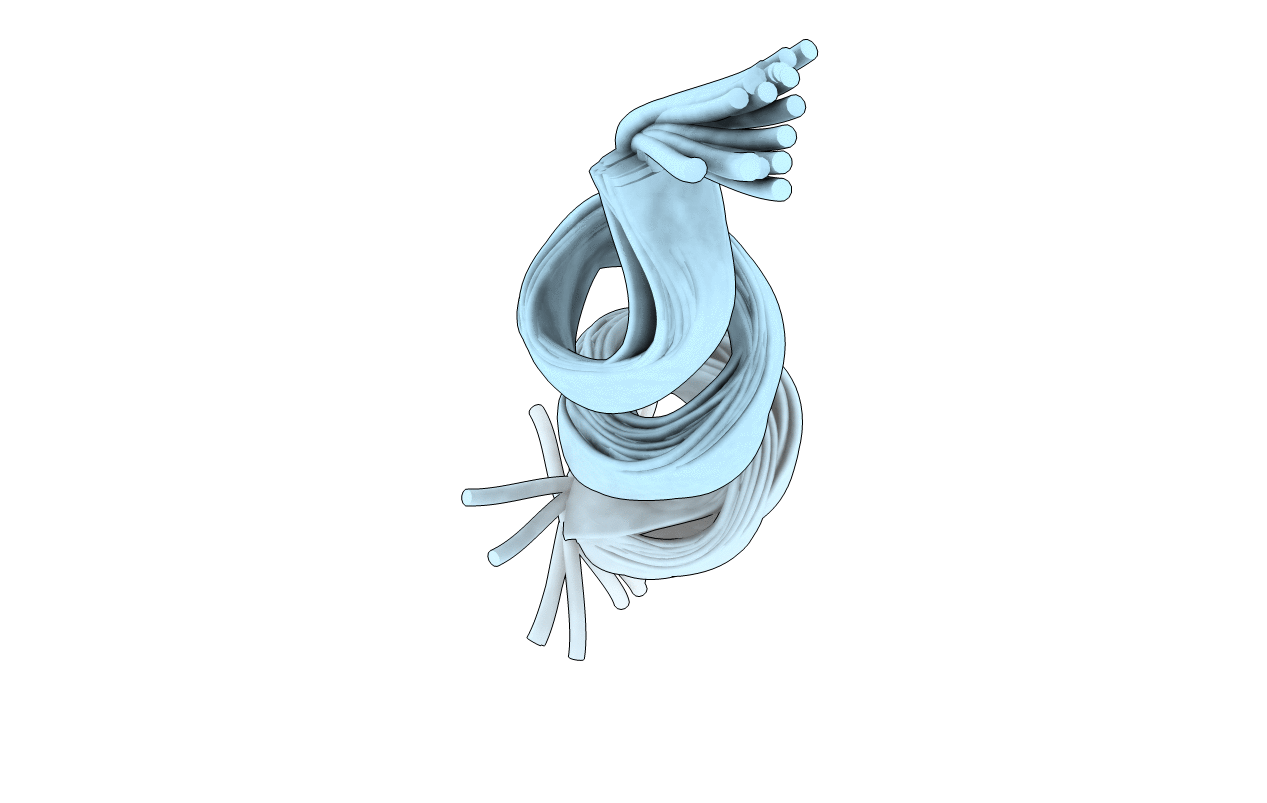
Deposition Date
2019-05-20
Release Date
2019-07-24
Last Version Date
2024-06-19
Entry Detail
PDB ID:
6RRL
Keywords:
Title:
Solution NMR structure of the peptide 3967 from medicinal leech Hirudo medicinalis in dodecylphosphocholine micelles
Biological Source:
Source Organism:
Hirudo medicinalis (Taxon ID: 6421)
Method Details:
Experimental Method:
Conformers Calculated:
100
Conformers Submitted:
20
Selection Criteria:
structures with the least restraint violations


